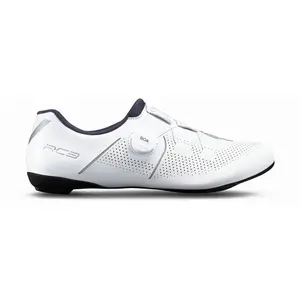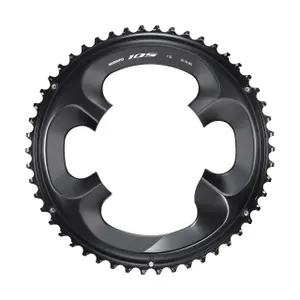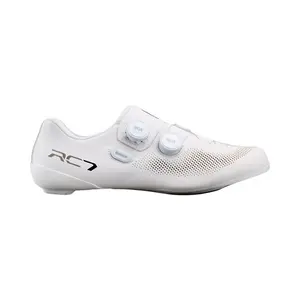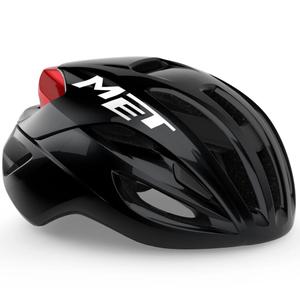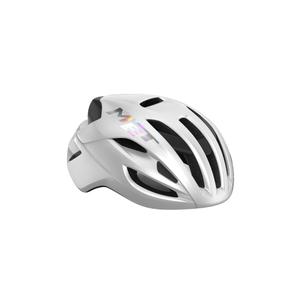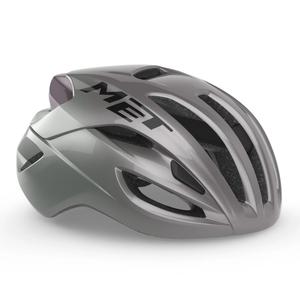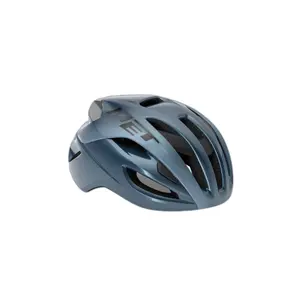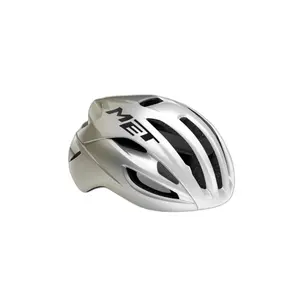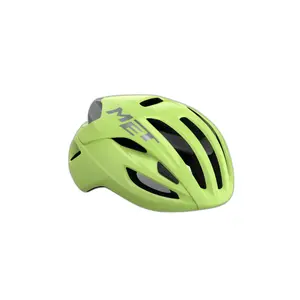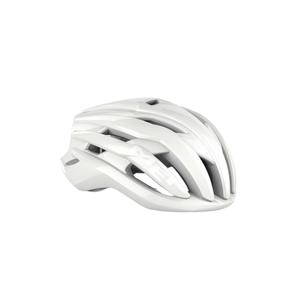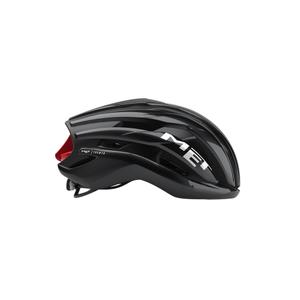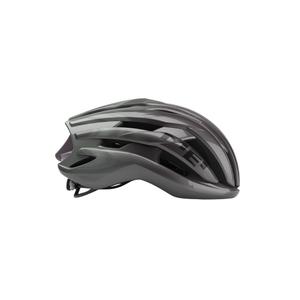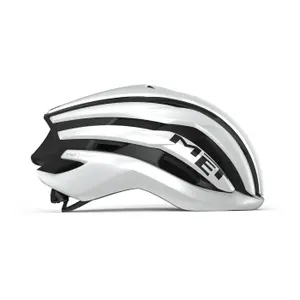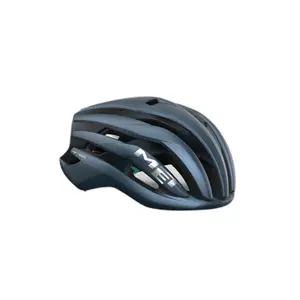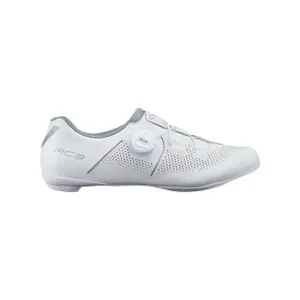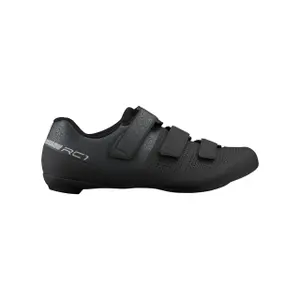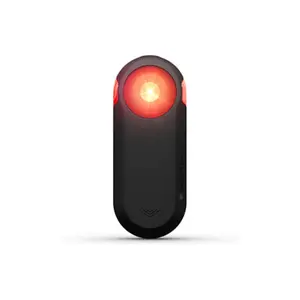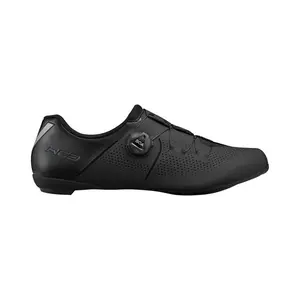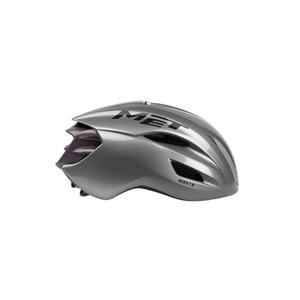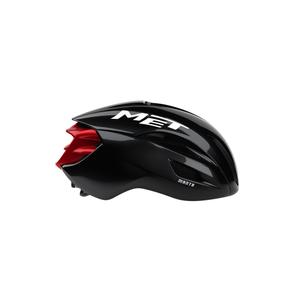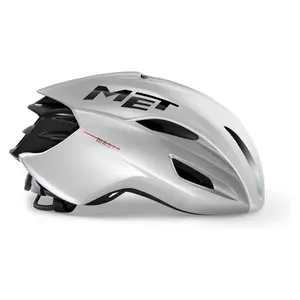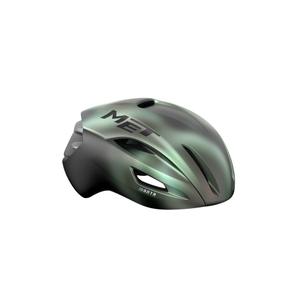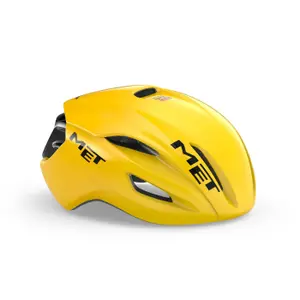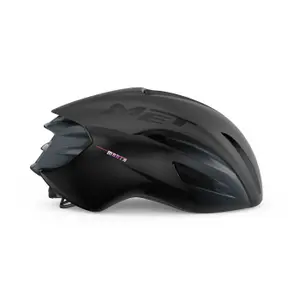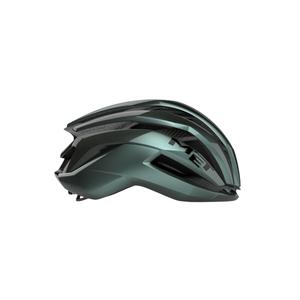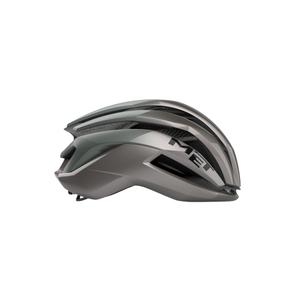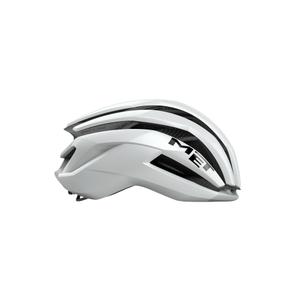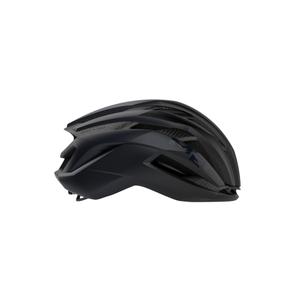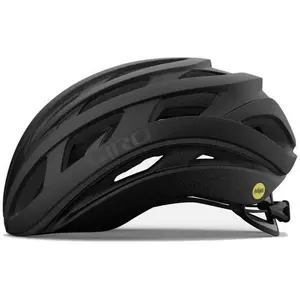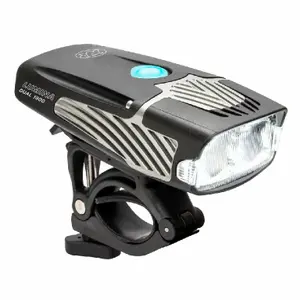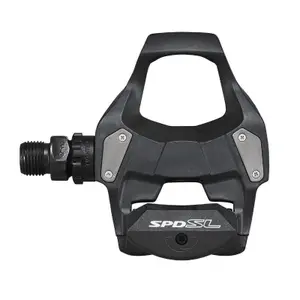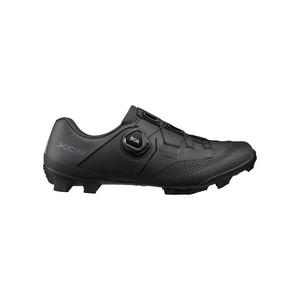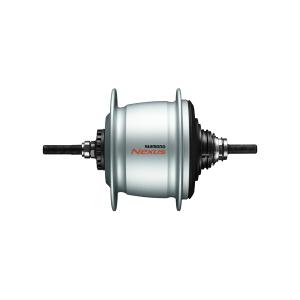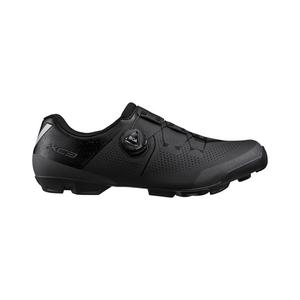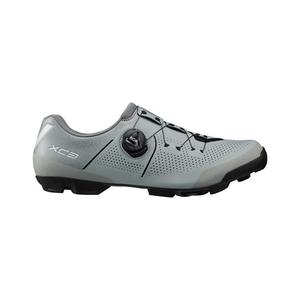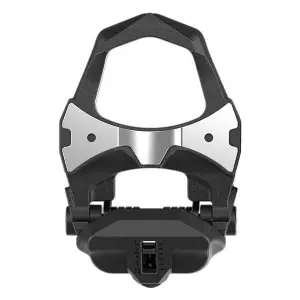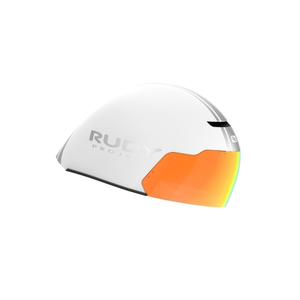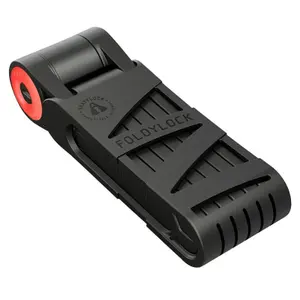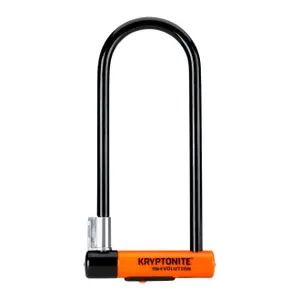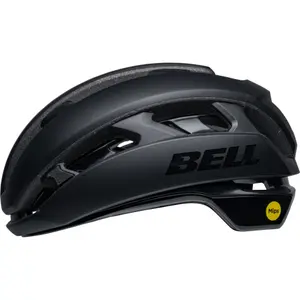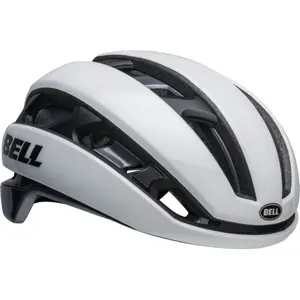Find all of our Products related to Road bikes!
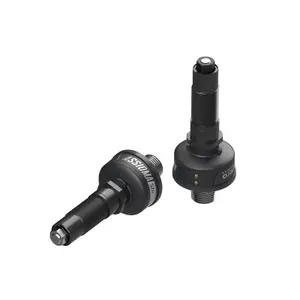
Starting at £521.41
£417.83
Here you'll find all bike-related products such as bicycles, transmissions, road tires and related equipment!
Electronic Groupsets for Road Bikes: A Technological Revolution
The evolution of road bike components has reached a significant milestone with the introduction of electronic groupsets, marking a true revolution in the world of cycling. These systems, which replace traditional mechanical controls with electric actuators for the front and rear derailleurs, offer unrivalled precision and speed of shifting. Riders can now benefit from almost instantaneous shifting, with minimal effort required at the control levers, enhancing the riding experience and overall performance.
Electronic groupsets, such as Shimano Di2, SRAM eTap, and Campagnolo EPS, stand out not only for their efficiency, but also for their ability to adapt to the user. With the ability to customize shifting configurations via mobile apps, cyclists can adjust settings to perfectly match their pedaling style and road conditions. What's more, these systems offer improved reliability in all weather conditions, eliminating the performance problems often associated with mechanical systems in wet or muddy conditions.
The integration of electronic groupsets into modern road bike frames also underlines the importance of aerodynamics and aesthetics. Cables and batteries are often concealed inside the frame, not only for aesthetic reasons but also to reduce air resistance, offering a slight improvement in speed. This harmonious integration contributes to the emergence of increasingly streamlined, high-performance road bikes.
Carbon wheels for road bikes: lightness and performance
Carbon wheels represent another area where technological innovation has significantly enhanced road bike performance. Designed to offer an optimal balance between lightness, stiffness and aerodynamics, these wheels enable cyclists to maximize their energy efficiency and improve their speed on the flat as well as on climbs.
The choice of carbon as the main rim material is not insignificant. In addition to its lightness, carbon can be molded into complex shapes, enabling designers to create rim profiles optimized to reduce air resistance. Low-profile wheels are favored for their versatility and behavior in windy conditions, while high-profile wheels are sought after for their performance in sustained efforts and on the flat thanks to their better air penetration.
In addition to aerodynamics, the stiffness of carbon wheels plays a role crucial in the transmission of power from the rider to the road. A stiffer wheel deforms less under stress, which means more power is converted directly into forward motion. This increased efficiency is particularly noticeable during sprints and uphill attacks.
However, all these advances do not come without additional considerations. The cost of carbon wheels and their maintenance require a significant investment. In addition, manufacturers continue to work on improving the braking performance of carbon wheels, especially in wet conditions, to ensure maximum safety without compromising performance.

